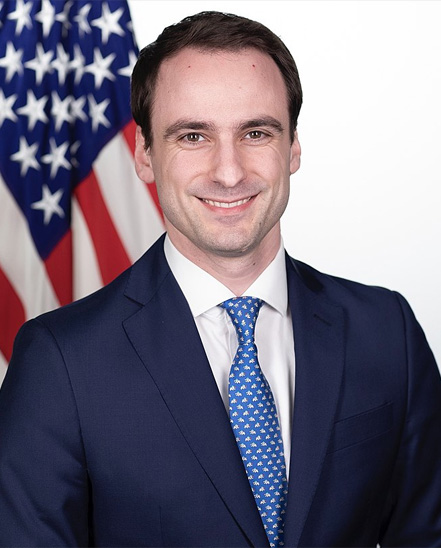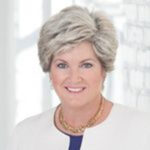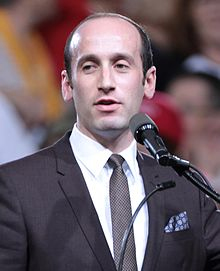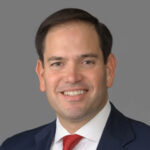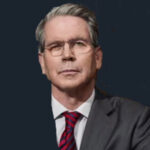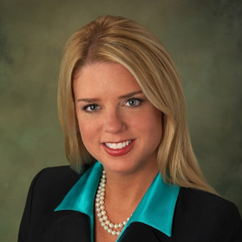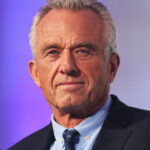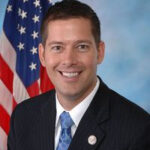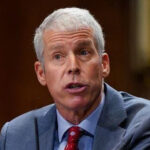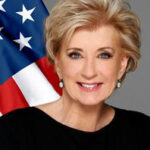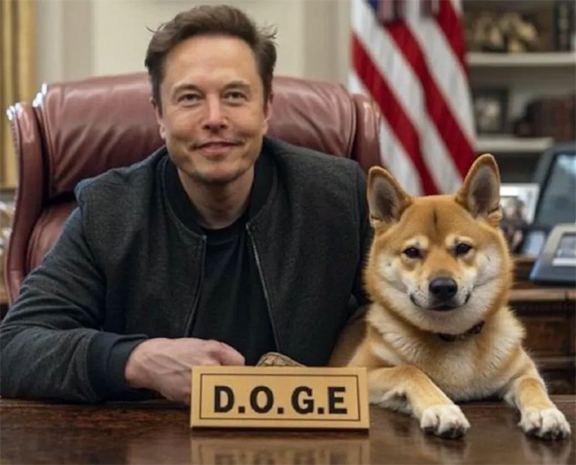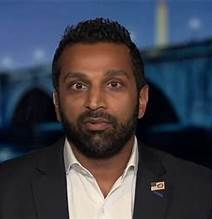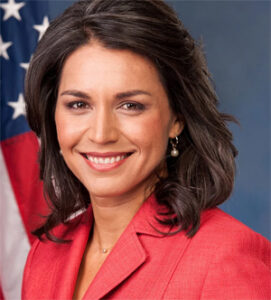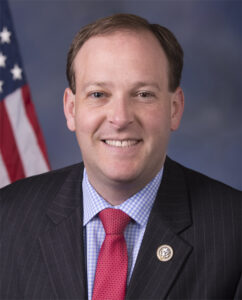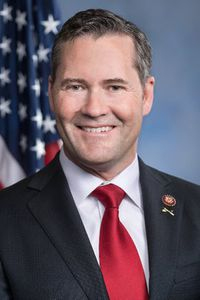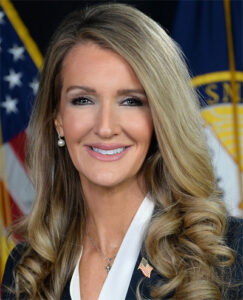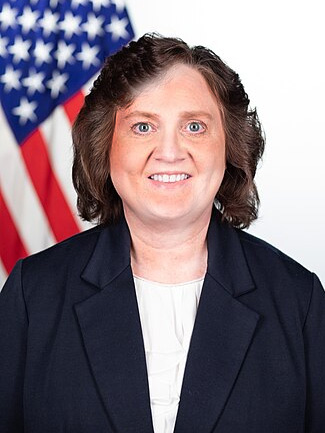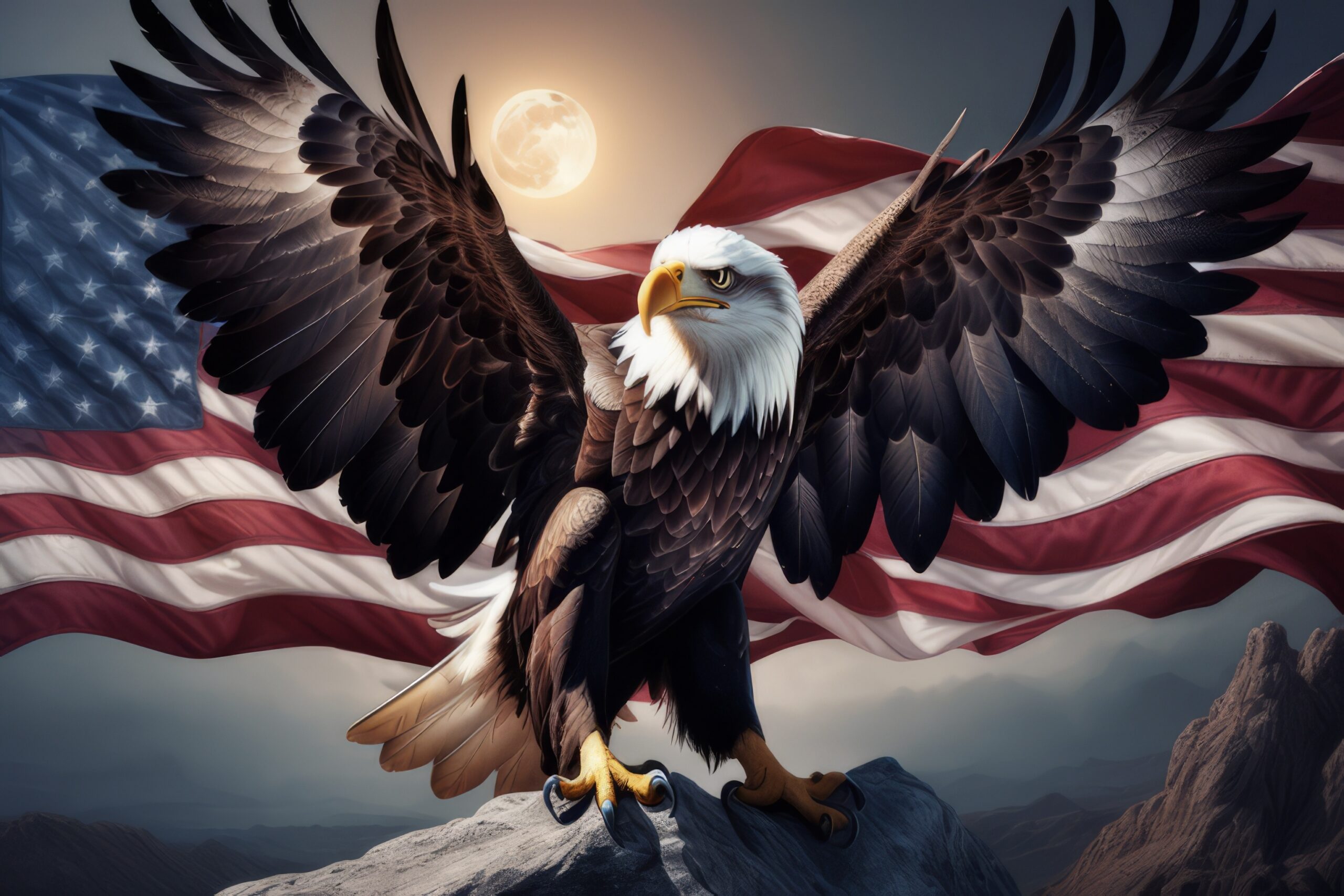
Trump’s
Advisors and Directors
The President’s Cabinet is a collective group of presidential advisers and our nation’s highest agency officials.
Most of the presidential advisers are referred to as secretaries. There are fifteen cabinet secretaries whose purpose is to advise the president on issues that impact the American people on a daily basis.
Additionally, President Trump intends to install a Presidential Advisory Commission. This will be unique to the Trump Administration. The intent is to advise Trump as to the means whereby he can cut and reduce wasteful spending and reduce the size of government The new department is referred to as the Department of Government Efficiency (DOGE).
Furthermore, the President has the authority to appoint directors to our Nation’s largest, most impactful agencies. There are typically ten directors who are agency heads, and the agencies range for the Central Intelligence Agency to the Ambassador to the United Nations. They are appointed to their positions to manage their agency and report to the President at his pleasure.
Last, but not least, the Chief of Staff is the President’s most senior political appointee, working with the President on a nearly daily basis. The Chief of Staff coordinates and manages cabinet advisers and department head meetings. This is the only top-level position that does not require a Senate confirmation. A Deputy Chief of Staff is also appointed to assist the Chief of Staff. Neither requires confirmation.
President Trump’s Chief of Staff
The chief of staff is a political appointee of the president. In other words, she is not required a Senate confirmation.
The responsibilities of a chief of staff are both managerial and advisory. Some of her duties involve directing, managing and oversees all policies development on behalf of the resident. She negotiates legislation and appropriating funds with congressional leaders and advises on any and all issues set by the President.
This position is viewed as the most powerful position in the White House. The Chief of Staff is the “command and control” of all things White House for the President.
Deputy Chief of Staff for Policy
The White House Deputy Chief of Staff is officially the top aide to the White House Chief of Staff. The deputy chief of staff usually has an office in the West Wing and is responsible for ensuring the smooth running of the White House bureaucracy, as well as such other duties as the Chief of Staff assigns to them.
In all recent administrations, there have been multiple deputy chiefs with different duties. The Trump Administration has six. One of the six, Stephen Miller is Deputy Chief of Staff for Policy and Homeland Security. Stephen summarizes and presents executive orders for President Trump’s signature, and he often supports President Trump in a public forum.
Secretary of State
The Secretary of State supervises the United States foreign service and immigration policy and administer the Department of State. He also advises the President on U.S. foreign matters.
As Secretary of State, Rubio will be Trump’s top adviser on foreign policy and international relations. Rubio would oversee a global network of embassies and consulates. He has nearly 80,000 employees dedicated to our Nation’s diplomacy.
As of May 1, he has appointed acting “National Security Advisor” to President Trump. He is replacing Mike Waltz who is anticipated to be nominated as Director of the United Nations.
Secretary of Treasury
The Secretary of Treasury is the chief financial officer of the Federal government. He is the advisor to the President on all matters pertaining to economic and fiscal policy. Not on an adviser to the President, he is a member of the National Security Council.
Some of his responsibilities involve formulating and recommending domestic and international financial, economic, and tax policy. He also creates broad fiscal policies that have general significance for the economy and for managing the public debt.
Furthermore, he serves as the financial agent for the U.S. government, and he is responsible for manufacturing coins and currency.
As Secretary of State, Rubio will be Trump’s top adviser on foreign policy and international relations. Rubio would oversee a global network of embassies and consulates. He will have nearly 80,000 employees dedicated to the Nation’s diplomacy.
The secretary also manages the United States Emergency Economic Stabilization fund.
Secretary of Defense
The Secretary of Defense is the executive department of the U.S. Armed Forces and is a high-ranking member of the President’s Cabinet. His position of command-and-authority over the military is second only to that of the President who is the commander-in-chief. Furthermore, the secretary must be a civilian.
To ensure civilian control of the military, U.S. law clarifies that the U.S. Secretary of Defense cannot have served as an active duty commissioned officer in the military in the preceding seven years. There is a ten year moratorium for generals and admirals.
If confirmed, Hegseth would lead 1.3 million active-duty service members, including soldiers, sailors, airmen and marines, among a total of 3.4 million personnel worldwide. Hegseth may also be responsible for overseeing the use of the military on domestic soil. Trump said that he plans to declare a national emergency and use the military to support mass deportations of illegal immigrants. To clarify the phrase “support of mass deportations” is not inclusive of rounding up illegal immigrants. It is inclusive of transporting out of the country—a support function at which the military is effective of accomplishing.
Attorney General
The Attorney General also supervises law enforcement agencies that fall under the Justice Department’s umbrella, including the FBI and the Bureau of Alcohol, Tobacco, Firearms and Explosives.
Pam will not tip the scales of justice, will not return to the lawfare of the Biden Administration where the DOJ tipped the scales of justice to go after law abiding America First citizens. Lawfare is the use of legal systems and institutions to damage or delegitimize an opponent or to deter an individual’s usage of their legal rights. And she will appoint special counsels, lawyers to investigate and prosecute cases where the DOJ conflict of interest.
Secretary of Interior
The Secretary of the Interior is responsible for the management and conservation of most Federal land along with our natural resources. He manages agencies such as the Bureau of Land Management, the United States Geological Survey, Bureau of Indian Affairs and the National Park Service.
According to Trump, “Burgum will lead the National Energy Council. The council is a newly formed group consisting of “all departments and agencies involved in the permitting, production, generation, distribution, regulation, transportation, of all forms of American energy.”
Trump commented, “Doug Burgum will protect our Nation’s Natural Resources, restore our fabulous oil and gas advantage, and ‘Make America . . .Energy Dominant and Great Again’!”
Secretary of Agriculture
The Secretary of Agriculture It manages the U.S. Forest Service, the U.S. Food Safety and Inspection Service, and works with the U.S. Food Stamp Program to provide food to low-income people.
Trump commented, “Brooke’s commitment to support the American Farmer, defense of American food Self-sufficiency, and the restoration of agriculture-dependent American small towns is second to none.”
Secretary of Commerce
The Secretary of Labor enforces and suggests laws involving unions and workplace issues involving business-person controversies.
Trump commented, “I am thrilled to announce that Howard Lutnick as Chairman & CEO of Cantor Fitzgerald, will join my administration as the United States Secretary of Commerce. He will lead our Tariff and Trade agenda, with additional direct responsibility for the Office of the United States Trade Representative.”
Secretary of Labor
The Secretary of Commerce promotes American businesses and industries both foreign and domestic.
Trump commented, “I look forward to working with her to create tremendous opportunity for American workers, to expand training and apprenticeships, to grow wages and improve working conditions, to bring back our manufacturing jobs.”
Secretary of Health & Human Services
The Secretary of Health & Human Services (HHS) is the principal advisor on all health matters. He advises the president on matters of health, welfare, and income security programs.
Trump commented, “For too long, Americans have been crushed by the industrial food complex and drug companies who have engaged in deception, misinformation, and disinformation when it comes to public health. The safety and health of all Americans is the most important role of any administration, and HHS will play a big role in helping ensure that everybody will be protected from harmful chemicals, pollutants, pesticides, pharmaceutical products, and food additives that have contributed to the overwhelming health crisis in this country. Mr. Kennedy will restore these agencies to the traditions of Gold Standard Scientific Research, and beacons of transparency, to end the Chronic Disease epidemic, and to Make America Great and Healthy Again!”
Secretary of Housing & Urban Development
The Secretary of Housing and Urban Development is tasked with increasing home ownership, support community development and increase access to affordable housing free of discrimination.
Secretary of Transportation
Department of Transportation has over 55,000 employees and thirteen agencies which include the Federal Aviation Administration, the Federal Highway Administration, the Federal Railroad Administration, and the National Highway Traffic Safety Administration.
Trump commented, “Sean will use his experience and the relationships he has built over many years in congress to maintain and rebuild our Nation’s Infrastructure and fulfill our mission of ushering in ‘The Golden Age of Travel’, focusing on safety, efficiency, and innovation.”
Secretary of Energy
The Secretary of Energy oversees the U.S. national energy policy and energy production, research and development of nuclear power, the military’s nuclear weapons program, nuclear reactor production for the U.S. Navy, energy-related research, and energy conservation.
“Associated Press’ reporter Matthew Daly wrote that Chris Wright “promotes the idea that more fossil fuel production can lift people out of poverty around the globe”.
Secretary of Education
The Secretary of Education oversees the country’s needs, data collected by schools, and legislation passed by Congress.
“Trump commented, “For the past four years, as the Chair of the Board at the America First Policy Institute (AFPI), Linda has been a fierce advocate for ‘Parents’ Rights’, working hard on both AFPI and America First Works (AFW) to achieve “Universal School Choice” in 12 States, giving children the opportunity to receive an excellent education, regardless of zip code or income.
Secretary of Homeland Security
The Department of Homeland Security (DHS) was created by the Homeland Security Act following the attacks of September 11, 2001. The newly formed department consists primarily of components transferred from other Cabinet departments.
Component in the DHS include the Coast Guard, the Federal Protective Service, U.S. Customs and Border Protection (which includes the United States Border Patrol), U.S. Immigration and Customs Enforcement (which includes Homeland Security Investigations), the U.S. Secret Service, and the Federal Emergency Management Agency.
Kisti Noem, Governor of South Dakota, will oversee a workforce of more than 260,000 across a number of agencies, but she would be taking marching orders from the White House, specifically from the incoming Border Czar Tom Homan and from the Deputy Chief of Staff Stephen Miller, on policy. Thus, she will not be considered a key player in identifying, capturing, staging, and planning mass deportations of illegals.
Secretary of Veterans’ Affairs
The Secretary of Veterans’ Affairs provides long-term health care benefits and non-health care support such as disability compensation, education assistance, and much more.
Trump commented, “We must take care of our brave men and women in uniform, and Doug will be a great advocate for our active-duty service members, veterans, and military families to ensure they have the support they need.”
The Department of Government Efficiency (DOGE)
The idea of the Department of Government Efficiency (DOGE) was embraced by President-Elect Trump after Elon Musk floated the idea of a department for streamlining “government efficiency”.
Under Elon Musk, the DOGE team has been committed to reducing government expenditures and increasing government efficiency. They are not given regulatory teeth. They only make recommendations to President Trump and his cabinet.
In their efforts to reduce the size of government, the DOGE team has found the “deep state” and unelected bureaucrats with their hands in the tax payers’ cookie jar!
Director of Federal Bureau of Investigaton (FBI)
The Federal Bureau of Investigation (FBI) is the domestic intelligence and security service of the United States. The FBI Director reports to the U.S. Attorney General.
The mission of the FBI is to “protect the American people and to uphold the Constitution of the United States”. Each new director sets priorities and directives of their own making.
During the Biden Administration, the FBI priorities and directives became controversial, Of particular concern were the FBI’s apparent “lawfare” against their political opponents, and their “arrest tactics” were excessive, using military tactics to force entry into private citizens’ homes in the early morning hours.
Kash Patel intends the protect the American people, regardless of their political party, race, ethnicity, and sexual persuasion.
Director of National Intelligence (DNI)
The Director of National Intelligence (DNI) is the executive head of the U.S. Intelligence Community. During the Trump 45 Administration, the DNI was elevated to a cabinet-level role. Thus, the DNI attends all cabinet meetings and liaises with the Presidents Executive Office.
Subsequently, the DNI attends all Presidential Advisory Meetings. and produces the President’s Daily Briefings. The briefings are classified and include intelligence from all Federal intelligence agencies.
The Federal Intelligence Community consists of 18 agencies that work both separately and collectively to conduct intelligence which support U.S. foreign policy and national security interests. This include the FBI and CIA.
Administrator of the Environmental Protection Agency (EPA)
The Administrator of the EPA enforces the Federal Clean Air and Clean Water Acts as well as other laws such as the Federal Insecticide, Fungicide, and Rodenticide Act and Energy Policy Act.
Furthermore, the EPA conducts environmental assessments, research, and education. Topics include pesticides, hazardous waste. noise pollution, and many more. Of particular concern to Trump are the more recent overreaching renewable energy and water restriction mandates which will micromanage our lives, increase energy costs, and negatively impact our manufacturing costs.
While maintaining the highest environmental standards, Lee Zeldon will assist President Trump make the proper deregulatory decisions of many of the overreaching regulations that were imposed by the Biden Administration.
Ambassador to the United Nations
The United States Ambassador to the United Nations is the head of the U.S. delegation which represents United States of America in the United Nations Security Council and during all plenary meetings of the General Assembly. Therein the Ambassador negotiates resolutions and policies on the behest of the United States.
The U.S. Senate voted to confirm Michael Waltz as U.S. ambassador to the United Nations on Sept. 19, 2025.
Waltz received a bachelor’s degree from the Virginia Military Institute in 1996. After graduating, he joined the U.S. Army. Waltz served in the U.S. military for over 20 years. He is the first retired Green Beret to win election to the U.S. House. He was a defense policy director in the Pentagon and a counterterrorism policy adviser for former Vice President Dick Cheney. He also co-founded a small business of over 400 employees.
Trump said of Waltz’s nomination, “From his time in uniform on the battlefield, in Congress and, as my National Security Advisor, Mike Waltz has worked hard to put our Nation’s Interests first. I know he will do the same in his new role.”
The Director of the Office of Management and Budget, the largest office within the Executive Branch, serves the President of the United States by overseeing the implementation of his vision across the Executive Branch. The OMBs most prominent function is to produce the president’s budget.
Additionally, the OMB examines agency programs, policies, and procedures to see whether they comply with the president’s policies and coordinates inter-agency policy initiatives.
Vought described the OMB Director as “a President’s air-traffic control system”. He further commented that the his views the Director’s “job as the best, most comprehensive approximation of the President’s mind as it pertains to the policy agenda while always being ready with actual options to effect that agenda within existing legal authorities and resources.”
U.S. Trade Representative
The U.S. Trade Representative is a Cabinet-level position. Yet, he is not technically within the Cabinet, as is the case with office heads not of U.S. departments. Yet, the USTR offices are contained within the Executive Office of the President.
Prior to his nomination, Greer was a lawyer at the law firm King & Spalding, where his practice covered “trade remedies, trade policy and negotiations, trade agreement enforcement, export and import compliance, and [Committee on Foreign Investment in the United States] CFIUS matters.”
As the U.S. Trade Representative, “Jamieson will focus the Office of the U.S. Trade Representative on reining in the Country’s massive Trade Deficit, defending American Manufacturing, Agriculture, and Services, and opening up Export Markets everywhere.”
Administrator of the Small Business Administration (SBA)
The Small Business Administration helps Americans start, grow, and build resilient businesses.
The SBA Administrator is responsible for managing and the day-to-day operations of the agency.
Trump said of Loeffler’s nomination, “Small businesses are the backbone of our Great Economy. Kelly will bring her experience in business and in Washington politics to reduce red tape, and unleash opportunity for our small businesses to grow, innovate, and thrive. She will focus on ensuring that SBA is accountable to taxpayers by cracking down on waste, fraud, and regulatory overreach.”
Office of Science and Technology (OST)
